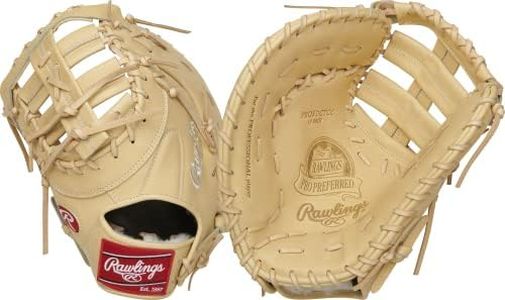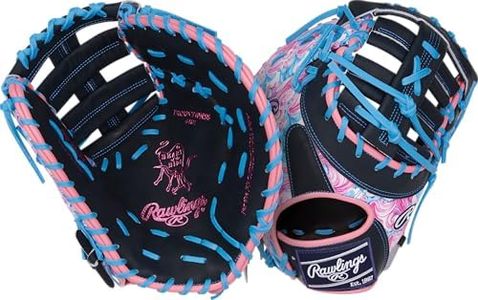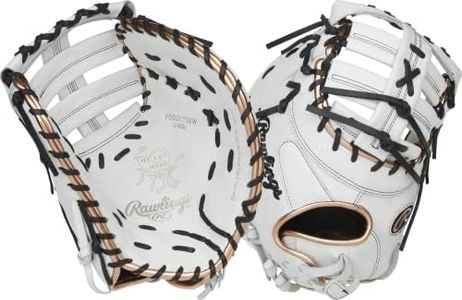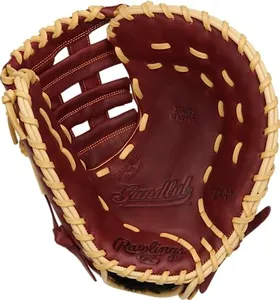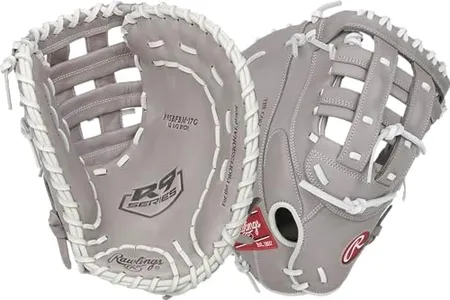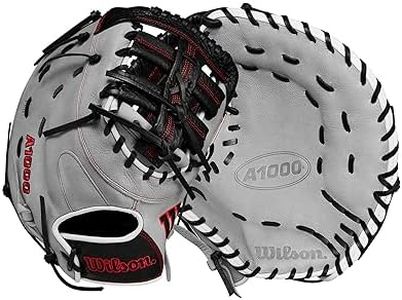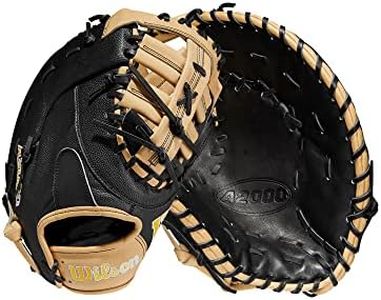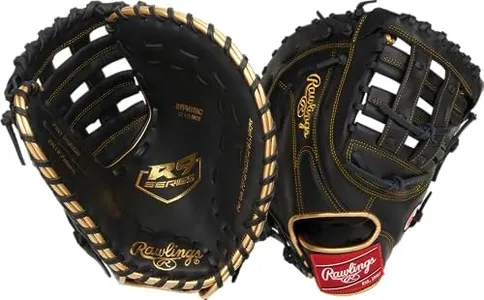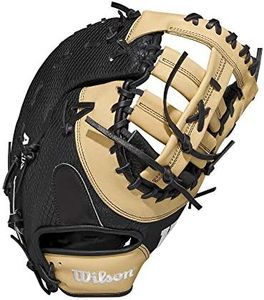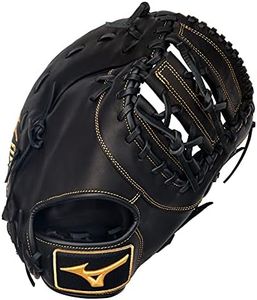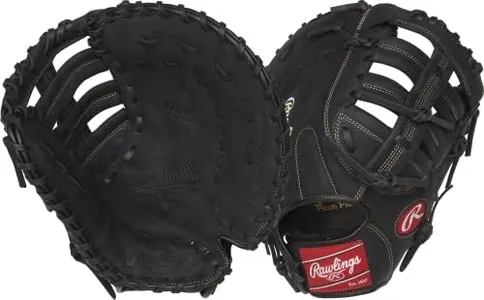We Use CookiesWe use cookies to enhance the security, performance,
functionality and for analytical and promotional activities. By continuing to browse this site you
are agreeing to our privacy policy
10 Best First Base Gloves
From leading brands and best sellers available on the web.Buying Guide for the Best First Base Gloves
Choosing the right first-base glove is important for anyone playing the first-base position in baseball or softball. The first-base glove is specially designed to help players catch throws from around the infield and make quick plays. Because the requirements at first base are different from other positions, the right glove can make catching easier, improve confidence, and protect your hand. To find your best fit, you should know about the key features and how each one affects your game and comfort.Glove SizeGlove size refers to the length (in inches) from the top of the glove to the heel. For first-base gloves, sizing usually ranges from about 12 to 13 inches. Smaller sizes (around 12-12.5 inches) are lighter and can be easier for younger players or those with smaller hands, allowing quicker movements. Larger sizes (closer to 13 inches) offer a bigger catching surface, which helps in scooping errant throws and fielding wide tosses, making them popular with older or more advanced players. Pick a size that feels comfortable in your hand and suits your level of play—youth or beginners generally do better with something on the smaller end, while adults want more coverage.
Webbing StyleWebbing is the pattern of leather in the glove’s catching area. First-base gloves often use an open web (such as single post or H-web) so players can track the ball into the glove. Open webs make transferring the ball to your hand faster, which is helpful for quick plays. Some gloves have closed webs, which provide more structure and support but might be heavier. Think about your playing style—if you want to see the ball coming in for catches and double plays, go for open webbing; if you prioritize durability and support, closed webs may suit you more.
Pocket DepthPocket depth is how deep the area is where the ball sits when caught. Shallow pockets allow you to get the ball out fast, perfect for double plays, but can be harder for holding onto wild throws. Deep pockets make it easier to secure the ball, especially for scooping throws, but can slow down your transitions. Younger players or those new to the position may benefit from a slightly deeper pocket to help catch the ball more securely, while experienced players may prefer a shallower pocket for quicker plays.
MaterialFirst-base gloves are made from either synthetic materials or leather. Synthetic gloves are lighter, less expensive, and easier to break in, making them suitable for beginners or players who won’t use the glove often. Leather gloves, on the other hand, are more durable and form to your hand over time, offering improved performance and comfort, but they require a break-in period. Choose synthetic for casual or younger players, and leather if you play regularly or want a glove that will last.
Fit and FeelFit and feel refer to how the glove sits on your hand and how comfortable it is to use. Some gloves come with adjustable wrist straps, which allow you to customize the fit, while others are fixed-size. Try gloves on whenever possible to see if they feel snug but not tight, and make sure you can close the glove easily. A glove that is too loose may fall off during play; too tight, and your hand will get tired. Always consider your age, hand size, and strength when choosing the fit.
